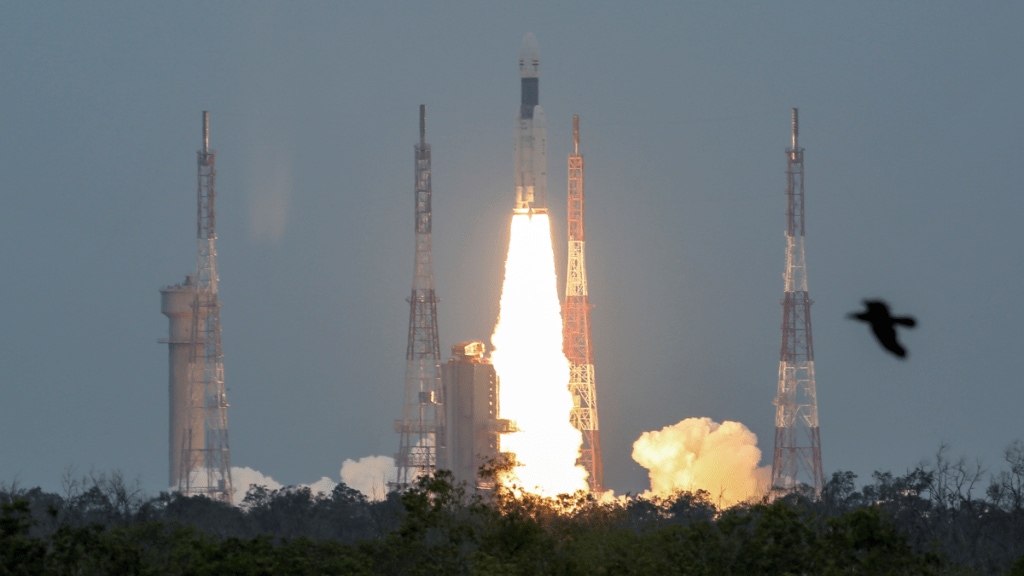The Indian Space Research Organisation (ISRO) has been at the forefront of space exploration, consistently delivering significant milestones that bolster India’s presence in the global space sector. With an array of ambitious missions lined up, including the Gaganyaan mission, lunar exploration, and satellite launches, ISRO’s need for enhanced budgetary support has never been more crucial.
Current Budget and Historical Context
For the fiscal year 2023-24, ISRO was allocated a budget of approximately Rs 14,000 crores (US$1.7 billion). While this represents a significant investment, the growing scope of ISRO’s projects necessitates even greater financial backing. Historically, ISRO has achieved remarkable feats on relatively modest budgets, such as the Mars Orbiter Mission (Mangalyaan) and the Chandrayaan missions. These successes underscore ISRO’s capability to optimize resources and deliver cost-effective space missions.
Key Upcoming Missions
Gaganyaan Mission
The Gaganyaan mission, aimed at sending Indian astronauts into space, is a flagship project for ISRO. Initially scheduled for 2022, the mission has faced delays due to the COVID-19 pandemic and technical challenges. However, with renewed focus and additional budgetary support, ISRO is gearing up for a potential launch in 2024.
The Gaganyaan mission is expected to cost around Rs 10,000 crores (US$1.25 billion). This covers the development of the crew module, environmental control systems, crew training, and the launch vehicle. Enhanced funding will be critical to ensure the mission’s success and safety, including rigorous testing and validation processes.
Chandrayaan-3 and Lunar Exploration
Following the partial success of Chandrayaan-2, ISRO is set to launch Chandrayaan-3, its third lunar exploration mission. Unlike its predecessor, Chandrayaan-3 will not include an orbiter but will focus on a lander and rover to achieve a soft landing on the moon. The mission’s primary objectives are to demonstrate the ability to land safely and explore the lunar surface.
Chandrayaan-3 has a budget of around Rs 600 crores (US$75 million). With increased funding, ISRO can incorporate advanced technologies and ensure robust pre-launch testing to mitigate the risks encountered during Chandrayaan-2. Additionally, expanded financial resources could facilitate further lunar missions, contributing to international collaborations and scientific discoveries.
Satellite Launches and Spacecraft Development
ISRO’s satellite launch programs are integral to enhancing India’s space capabilities. Key projects include the GSAT series for communication, the Cartosat series for earth observation, and the NavIC constellation for navigation. These satellites play crucial roles in telecommunications, weather forecasting, disaster management, and national security.
The cost of developing and launching satellites varies based on their specifications and purposes. For instance, the GSAT-30 communication satellite had an estimated cost of Rs 300 crores (US$37.5 million). With increased budgetary allocations, ISRO can accelerate the development and deployment of these satellites, ensuring that India remains at the cutting edge of space technology and services.
Impact of Increased Budgetary Support
Accelerated Mission Timelines
One of the most significant benefits of increased funding is the potential to expedite mission timelines. Financial constraints often lead to delays in research, development, and testing phases. With adequate budgetary support, ISRO can streamline its processes, reduce lead times, and achieve faster mission turnarounds.
Enhanced Technological Capabilities
increased funding would enable ISRO to invest in cutting-edge technologies and infrastructure. This includes advanced propulsion systems, autonomous landing technologies, and next-generation spacecraft. By staying ahead of technological advancements, ISRO can improve mission success rates and undertake more complex and ambitious projects.
Strengthening International Collaboration
ISRO’s collaborative efforts with international space agencies and private sector partners are pivotal in advancing its mission objectives. Enhanced budgetary support would facilitate greater participation in global space initiatives, joint missions, and knowledge exchange. This collaboration not only elevates India’s standing in the global space community but also brings in diverse expertise and resources.
Boosting Economic Growth and Innovation
Investment in space infrastructure has far-reaching economic benefits. It drives innovation, creates high-skilled jobs, and fosters technological advancements that trickle down to various sectors. Enhanced funding for ISRO would stimulate the growth of the Indian space industry, encourage private sector participation, and contribute to the country’s overall economic development.

